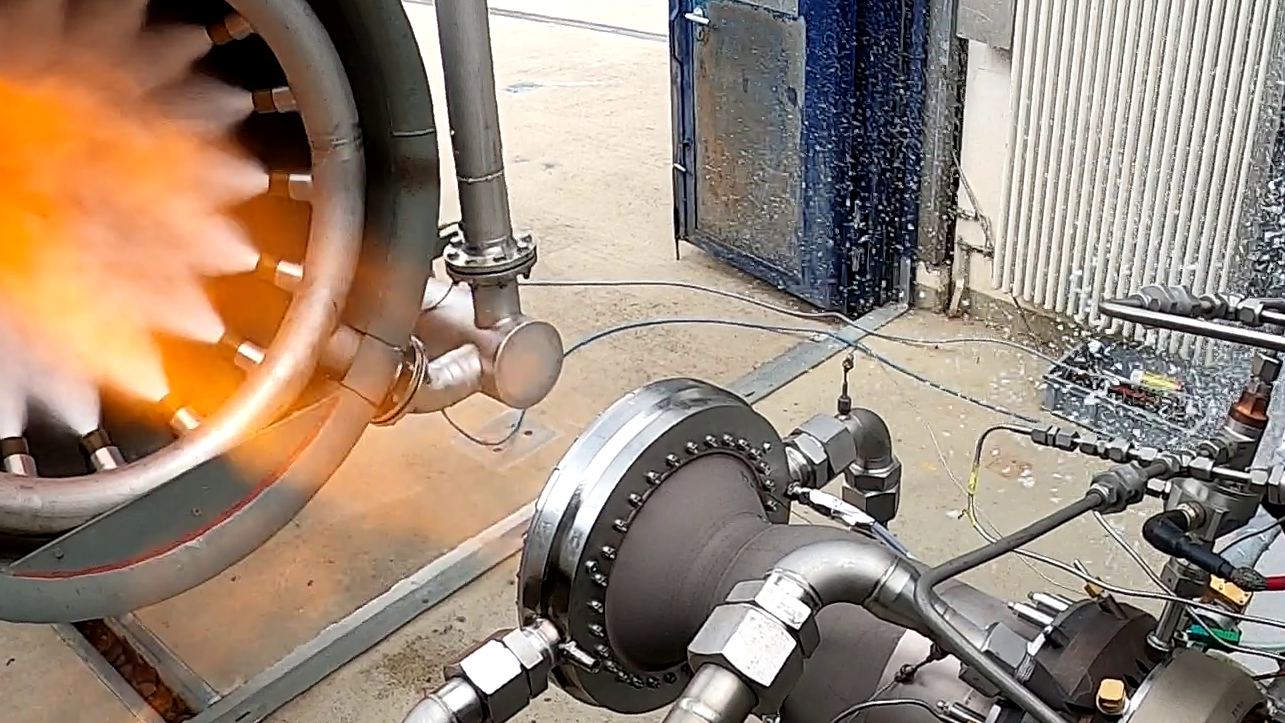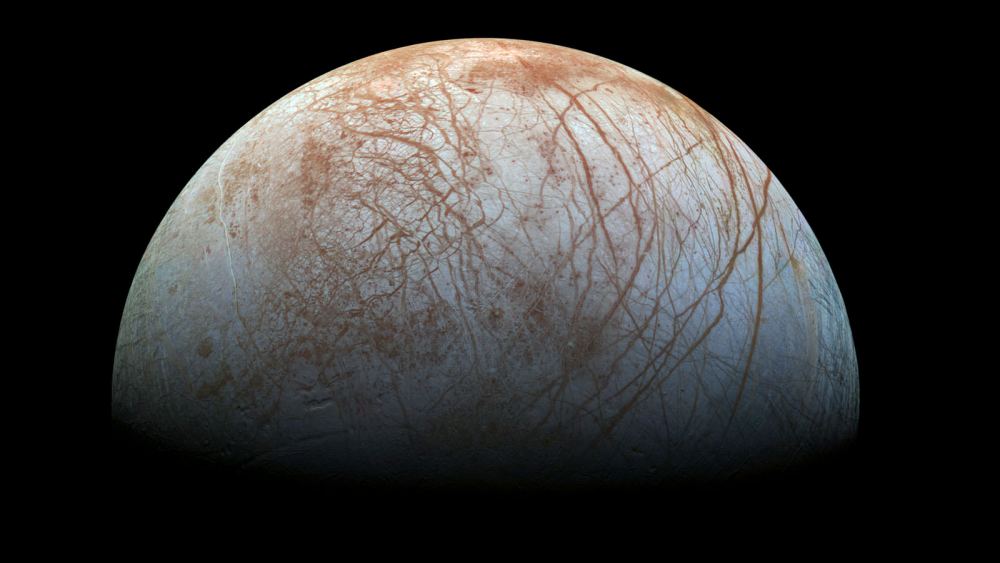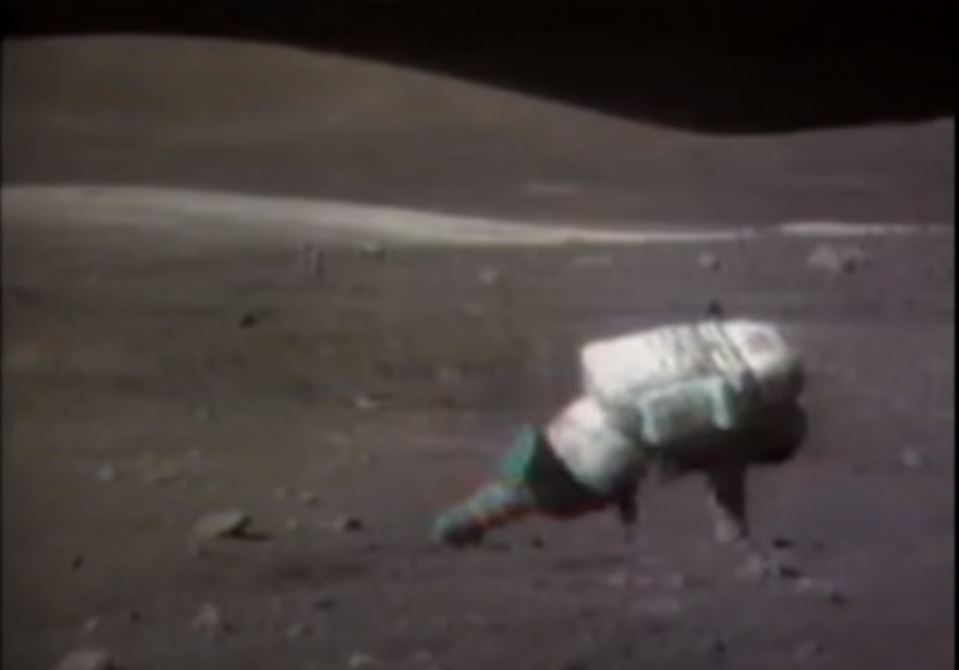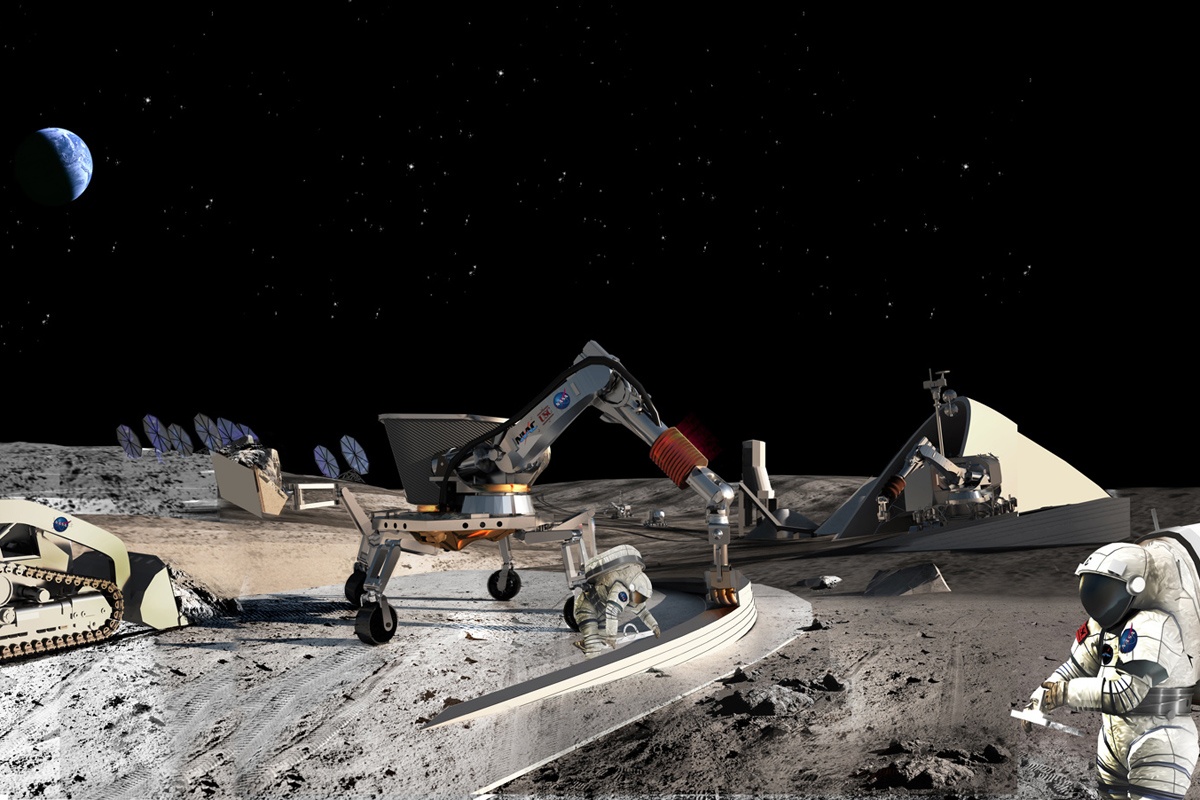The Apollo astronauts walked on the Moon, yes. But they also hopped, bounded, and shuffled. And sometimes they fell, spectacularly. That caused a lot of consternation back on the Earth, especially for the engineers who designed the Apollo spacesuits.
Continue reading “Hilarious Supercut of Astronauts Falling on the Moon”Rocks on Bennu are Cracking Because of the Constant Day/Night Cycling

Asteroid Bennu is blanketed by rocks and huge boulders. And now that the OSIRIS-REx spacecraft is taking a close look at those rocks, researchers are able to see something surprising for an airless body: the rocks have tiny cracks and fissures.
The cause?
Continue reading “Rocks on Bennu are Cracking Because of the Constant Day/Night Cycling”Hubble Looked as Far Back in Time as it Could, and Still Couldn’t See the First Generation of Stars in the Universe

Astronomers don’t know exactly when the first stars formed in the Universe because they haven’t been observed yet. And now, new observations from the Hubble Space Telescope suggest the first stars and galaxies may have formed even earlier than previously estimated.
Why? We *still* haven’t seen them, even with the best telescope we’ve got, pushed to its limits.
Continue reading “Hubble Looked as Far Back in Time as it Could, and Still Couldn’t See the First Generation of Stars in the Universe”Want to Mine Ice on the Moon? Scientists Create a Map for Where to Start
The first lunar maps consisted of simply the best images of the Moon from Earth-based telescopes, which were converted to provide necessary information for the Apollo astronauts.
But whenever the next lunar explorers arrive, they’ll have incredibly detailed topographic maps of the Moon’s surface, thanks to the high-resolution cameras and instruments on board satellites like the Lunar Reconnaissance Orbiter. LRO’s Lunar Orbiter Laser Altimeter (LOLA) zaps the Moon an incredible 140 times every second, measuring the ups and downs, nooks and crannies on the lunar surface to an accuracy within four inches.
Continue reading “Want to Mine Ice on the Moon? Scientists Create a Map for Where to Start”This Rocket Engine’s Thrust Chamber was 3D-printed and Only has Three Parts

This week, European engineers hot-fire tested a fully 3D-printed thrust chamber that could one day power the upper stages for rockets. The chamber has just three parts, and was constructed using additive layer manufacturing, another name for 3D printing.
This hot-fire test lasted 30 seconds and was carried out on May 26, 2020 at the DLR German Aerospace Center’s Lampoldshausen testing facility. The European Space Agency said that additional tests are planned for next week.
Continue reading “This Rocket Engine’s Thrust Chamber was 3D-printed and Only has Three Parts”This Dwarf Galaxy is all by Itself

In these days of social distancing, it appears this beautiful little galaxy is leading by example, sitting all by itself in the middle of a cosmic void.
KK 246, also known as ESO 461-036, is a dwarf irregular galaxy, and ESA aptly described this picture as looking like “glitter spilled across a black velvet sheet.”
But the serene view can be deceiving.
Continue reading “This Dwarf Galaxy is all by Itself”Tiny Cardboard Aircraft Could Fly in the Skies of Mars

What would be the best method for exploring planetary atmospheres, such as at Mars, Venus or even Earth? One group of researchers are developing tiny, levitating “nanocardboard” aircraft that could hover in alien skies. They would fly like dust floating in beams of sunlight – but intelligently, and with a purpose.
“It’s exciting because it’s essentially a new mechanism of flight,” said Igor Bargatin from the University of Pennsylvania. “We’re talking about a structure half an inch in size that can fly around without any moving parts.”
Continue reading “Tiny Cardboard Aircraft Could Fly in the Skies of Mars”If Rockets were Transparent: Video Shows You How Rockets Use up Their Propellant
I always remember hearing the comparison of how the Space Shuttle’s main engines would drain an average family swimming pool in under 25 seconds. Or that the Saturn V used the equivalent of 763 elephants of fuel. But just how much fuel does a rocket burn during its ascent to orbit? As you might expect, the amount varies with different rockets.
A great new video provides an incredible visual of how much fuel is burned by four different rockets, from launch to the various stage separations by showing what rocket launches would look like if the rockets were completely transparent.
Continue reading “If Rockets were Transparent: Video Shows You How Rockets Use up Their Propellant”Even More Evidence that Europa has Geysers

Earlier this week, we shared some stunning, newly reprocessed images of Europa from NASA’s Galileo spacecraft, which visited Jupiter and its moons from December 1995 to September 2003. Now, as scientists continue to revisit Galileo’s data, even more details are coming into focus about Jupiter’s enticing moon. Not only is there evidence within the past few years of geysers shooting from Europa’s surface, twenty years ago, Galileo may have also witnessed a cryovolcanic eruptions — or plumes of water — spewing from the icy moon.
Continue reading “Even More Evidence that Europa has Geysers”Better Tires to Drive on Mars
A future rover on Mars may include shape-shifting capabilities. This innovative tech won’t quite be like the liquid-metal polymorphing robot from “Terminator 2,” but will solve a problem that have plagued previous rovers: wheel wear and tear.
NASA’s Glenn Research Center is now using shape memory alloys (SMA) to build better wheels for driving on Mars.
Continue reading “Better Tires to Drive on Mars”



